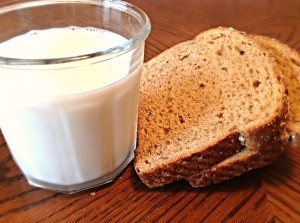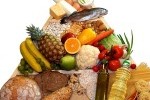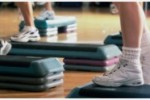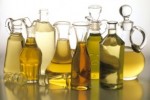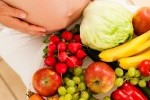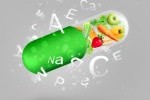Vitamin D deficiency, 25-hydroxyvitamin D less than 50 nmol/L, is common in the US population around 41.6% 1. The main source of vitamin D is sunlight. During winter at latitudes above 40 degree N, people cannot synthesize vitamin D 2; therefore, food becomes the main source of vitamin D. The study presented that vitamin D –fortified milk and bread reduced the decline of vitamin D level during winter in both children and adult and maintained 25(OH)D level in normal level 3.
The research studied the effect of vitamin D-fortified milk and bread on vitamin D level in both children (aged 4-17 yrs.) and adults (aged 18-60 yrs.) during 6 month winter period in Denmark by using 25-hydroxyvitamin (25(OH)D) as an indicator for vitamin D status. In the group receiving vitamin D-fortified milk and bread, 78% of children (median 8.0 μg/day) and 56% of adult (median 5.8 μg/day) met the vitamin D intake recommendation of Nordic Council (7.5 μg/day), but only 2% in the control group consumed vitamin D to meet the requirement. The vitamin D level decreased in both groups (fortified diet and control). The vitamin D fortified milk and bread group showed 25(OH)D level decreased from 73.1 nmol/L to 67.6 nmol/L, and from 71.1 nmol/L to 41.7 nmol/L in the control group.
This study shows strength because it obviously explained the study question, method, and result, for responding the effect of vitamin D fortified milk and bread on vitamin D status. Moreover, the study design is a good model for further study about effect of fortified food with the family and the real-life based design, which decrease dropout rate and increase compliance. However, the weakness of this study is that the research cannot force participants to intake a fortified diet to meet the requirement. The study didn’t include the population with high risk of vitamin D deficiency such as elderly or post-menopausal women. Therefore, this study cannot apply the effect of vitamin D-fortified food on vitamin D status to all population groups.
The study showed that participants who intake milk and bread with vitamin D fortification could maintain normal vitamin D level during winter period. Therefore, people who risk to vitamin D deficiency should monitor their vitamin D intake and choose the food product with vitamin D fortification such as milk, yoghurt, cheese, bread, or orange juice. The form of vitamin D in supplement people select should be cholecalciferol (vitamin D3).
References
- Forrest KY, Stuhldreher WL. Prevalence and correlates of vitamin D deficiency in US adults. Nutr Res. 2011; 31: 48-54.
- Kimlin MG. Geographic location and vitamin D synthesis. Mol Aspects Med. 2008; 29: 453-61.
- Mitry D, Bunce C, Wormald R, Bowman R. Childhood visual impairment in England: a rising trend. Arch Dis Child. 2013; 98: 378-80.
- Green TJ, Skeaff CM, Rockell JE. Milk fortified with the current adequate intake for vitamin D (5 microg) increases serum 25-hydroxyvitamin D compared to control milk but is not sufficient to prevent a seasonal decline in young women. Asia Pac J Clin Nutr. 2010; 19: 195-9.
- Rich-Edwards JW, Ganmaa D, Kleinman K, et al. Randomized trial of fortified milk and supplements to raise 25-hydroxyvitamin D concentrations in schoolchildren in Mongolia. Am J Clin Nutr. 2011; 94: 578-84.
- Natri AM, Salo P, Vikstedt T, et al. Bread fortified with cholecalciferol increases the serum 25-hydroxyvitamin D concentration in women as effectively as a cholecalciferol supplement. J Nutr. 2006; 136: 123-7.
Reviewed by Emilee Firth

